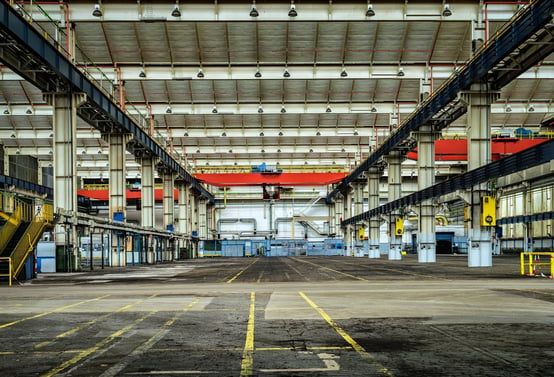REDWOOD LOGIN
Redwood PortalLTL
SCS
SCS Support
Rockfarm
 Logistics is a rather wide and diverse industry. When you simplify things, Logistics is nothing more than the movement of commodities and the management of this action. For warehouses and many retailer or manufacturing companies, there are two aspects of logistics – inbound and outbound. While each has their own quirks and process – both must be completed efficiently in order for the supply chain to operate smoothly.
Logistics is a rather wide and diverse industry. When you simplify things, Logistics is nothing more than the movement of commodities and the management of this action. For warehouses and many retailer or manufacturing companies, there are two aspects of logistics – inbound and outbound. While each has their own quirks and process – both must be completed efficiently in order for the supply chain to operate smoothly.
Noted below are the facts about inbound vs outbound logistics processes, how smart companies navigate hurdles with each, and the differences.
In simple language, inbound logistics is the process of securing resources or products that are sent to a business to be utilized in the day-to-day operations. This includes sourcing the materials, purchasing or acquiring the product, setting up delivery, taking reception of the commodity, along with the storage and inventory control of the materials. The inbound logistics process is not a one-size-fits-all program. In fact, most organizations customize their inbound programs to fit their specific type of business or size of
While the inbound process is dedicated to receiving – outbound is logically the 180-degree alternative of shipping. This is where a company or organization collects finished goods, stores them for safe inventory, and distributes the final goods to distributors, retailers or end consumers. Essentially – this process is dedicated to allocating materials outside of the warehouse. Like the inbound process, outbound logistics is also customized and often scalable based on the needs and capability of the business.
While it might seem rather simple to comprehend, there are several differences between the process of inbound and outbound logistics.
The first thing that most people think about with inbound and outbound logistics is the simple difference between purchasing and selling commodities. With inbound, a company will purchase items to be used in the manufacturing or production of an end product. The commodity purchased does not necessarily need to be used in the production. For example, if a company offers technical services, like online marketing, for example, they will still require inbound logistics for daily office supplies or for overhead. The outbound process of selling with logistics is mainly focused on selling an end product – as opposed to a service.
Inbound Logistics is dedicated to efficient ordering, receiving, storage, and inventory of materials. It focuses on the processes that help to reduce receiving errors, improves inventory control, and ensure that the potential of damage or injuries to stakeholders is limited. On the outbound side, the focus is on shipping, customer service, and maintaining a strong distribution channel.
While the processes of inbound and outbound are quite different, the tools an organization uses to improve efficiency are similar. With today’s modern logistics world, smart companies are seeing the advantage of cloud-based customer relationship management programs or CRM’s that are built specifically for the logistics world.
A logistics CRM can streamline the collection of data that is related to logistics and the supply chain. Some of the individual features that can be used for both inbound and outbound logistics processes include:
• Contact management: This feature permits a company to create individual or group-based contacts that can be accessed anytime.
• Logistics planning: From scheduling outbound carriers to communicating with inbound deliveries and carriers – the use of a cloud-based CRM gives an organization the flexibility to plan and schedule inbound and outbound shipments.
• Email tracking and management: A major component of both inbound and outbound logistics is communication. A logistics-based CRM will include multiple email, text messaging, and even telephony platforms that permits clear and transparent communication with vendors, suppliers, customers, carriers, and others within the supply chain.
A successful company will understand the value of having a strong inbound and outbound logistics process. While they have their unique attributes, the best organizations understand that having the right tools and experience can help them streamline and expedite their logistics planning. An experienced 3PL can help a growing enterprise improve both inbound and outbound logistics – by setting up processes that are proven to be effective, cost-efficient, and successful.